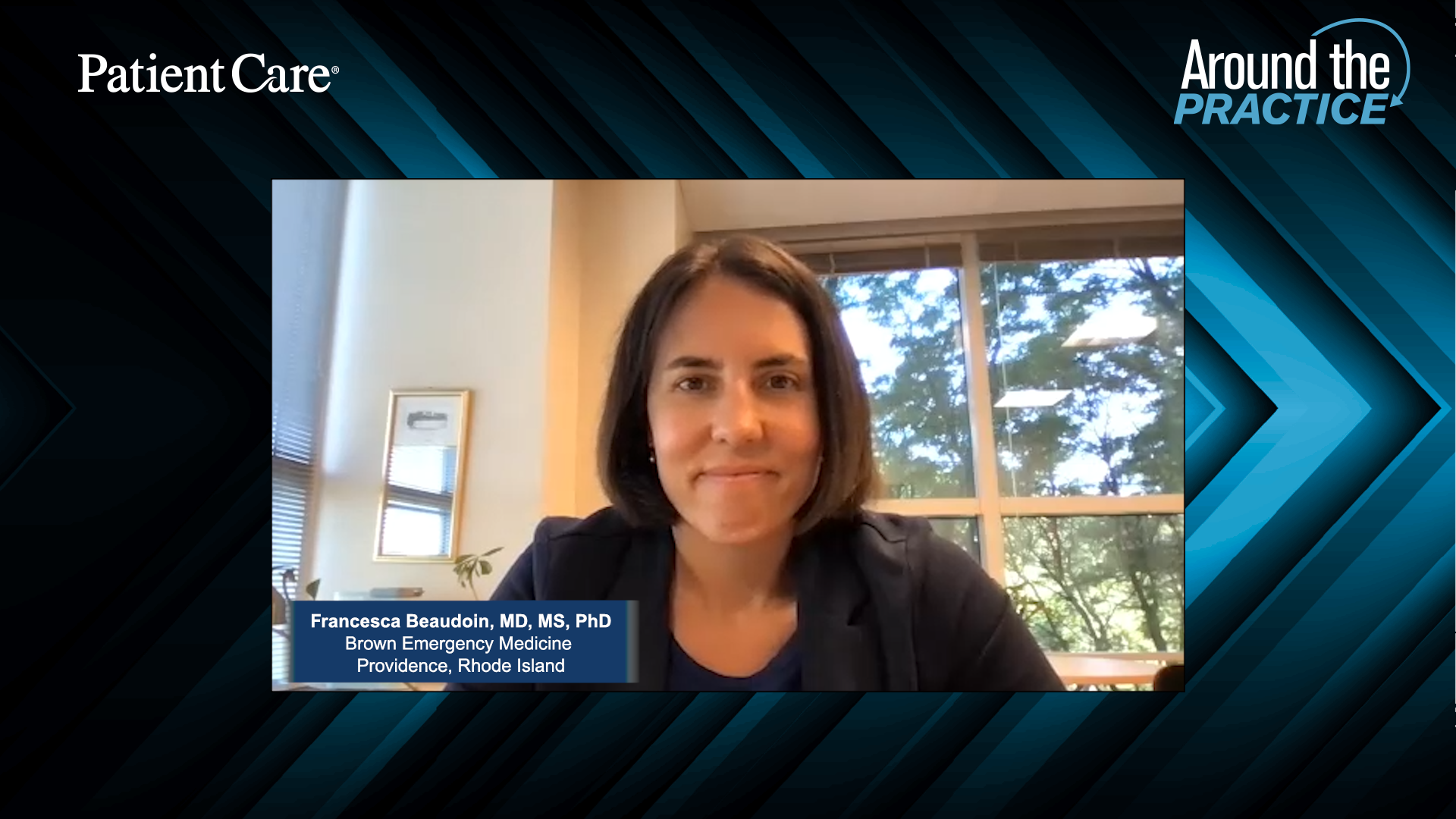Polysyndactyly
This 2-day-old infant was noted by Robert P. Blereau, MD, of Morgan City, La, to have duplication of the fifth toe with webbing between the two toes to the distal interphalangeal joint. There was a family history of polydactyly on the paternal side and syndactyly on the maternal side.
This 2-day-old infant was noted by Robert P. Blereau, MD, of Morgan City, La, to have duplication of the fifth toe with webbing between the two toes to the distal interphalangeal joint. There was a family history of polydactyly on the paternal side and syndactyly on the maternal side. Polydactyly occurs in approximately 1 in 500 births, and approximately 30% of those affected have a family history. The fifth digit is usually involved. This condition probably results from duplication of a single embryonic bud before 8 weeks’ gestation. The condition is associated with organ anomalies, polydactyly of the hands, and syndactyly of adjacent toes, and it may be a feature of certain syndromes (such as Carpenter syndrome and Bardet-Biedel syndrome). Syndactyly is most common between the second and third toes; it is usually asymptomatic and requires no treatment. It results from a genetic or developmental process that prevents separation of the primitive limb bud tissue at approximately 5 weeks’ gestation. Polydactyly usually presents with a rudimentary digit adjacent to the fifth toe. It is treated shortly after birth by tying the extra digit off at the base with fine silk or similar suture, allowing autoamputation. If the digit is fully formed, it can be excised when the patient reaches 1 year of age. This child had surgery at age 18 months to remove the duplicate digit.





